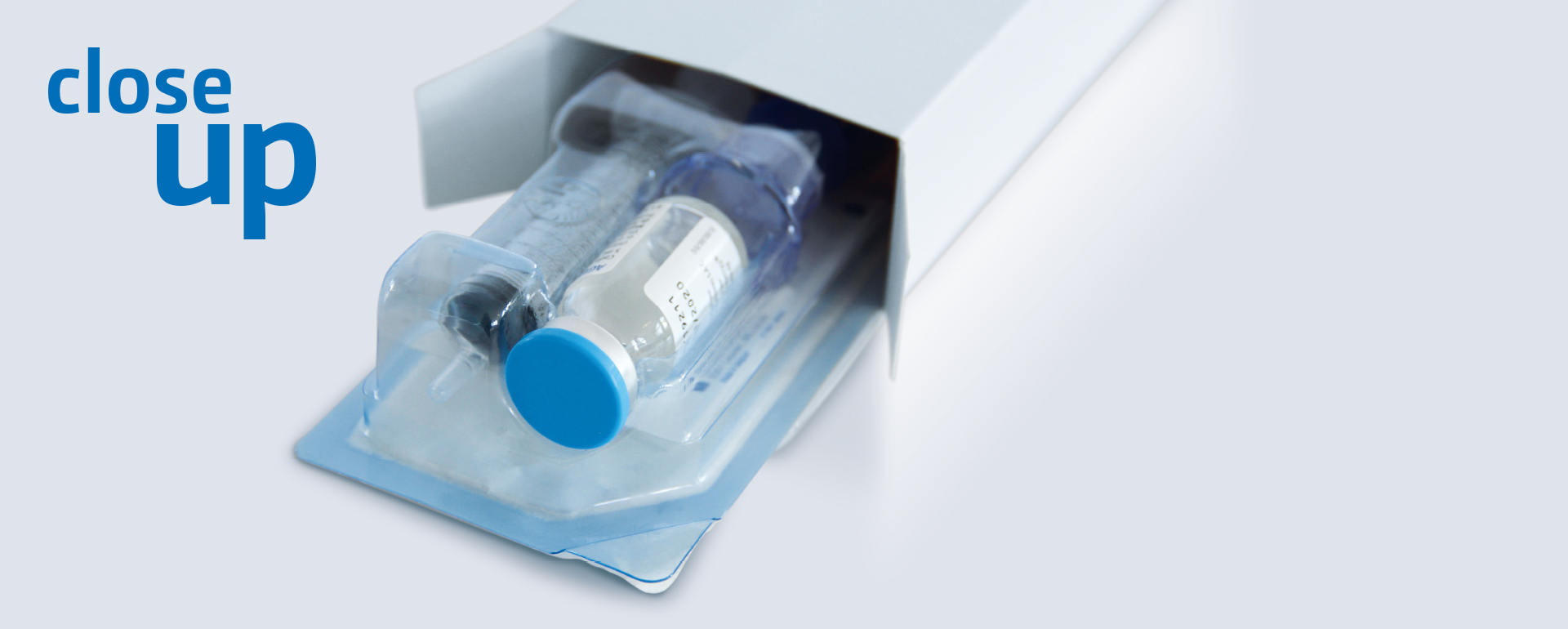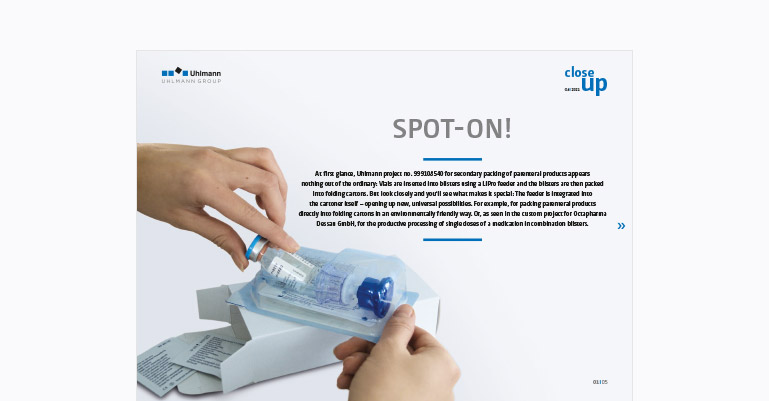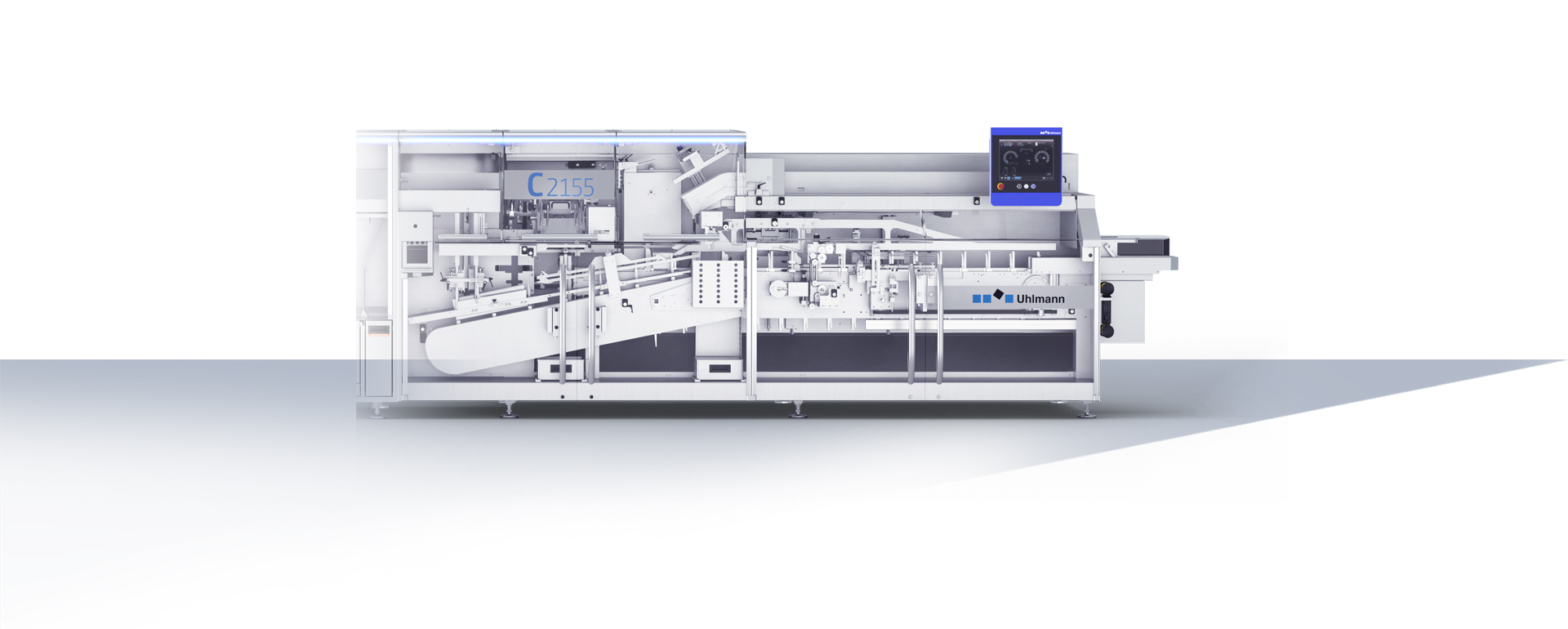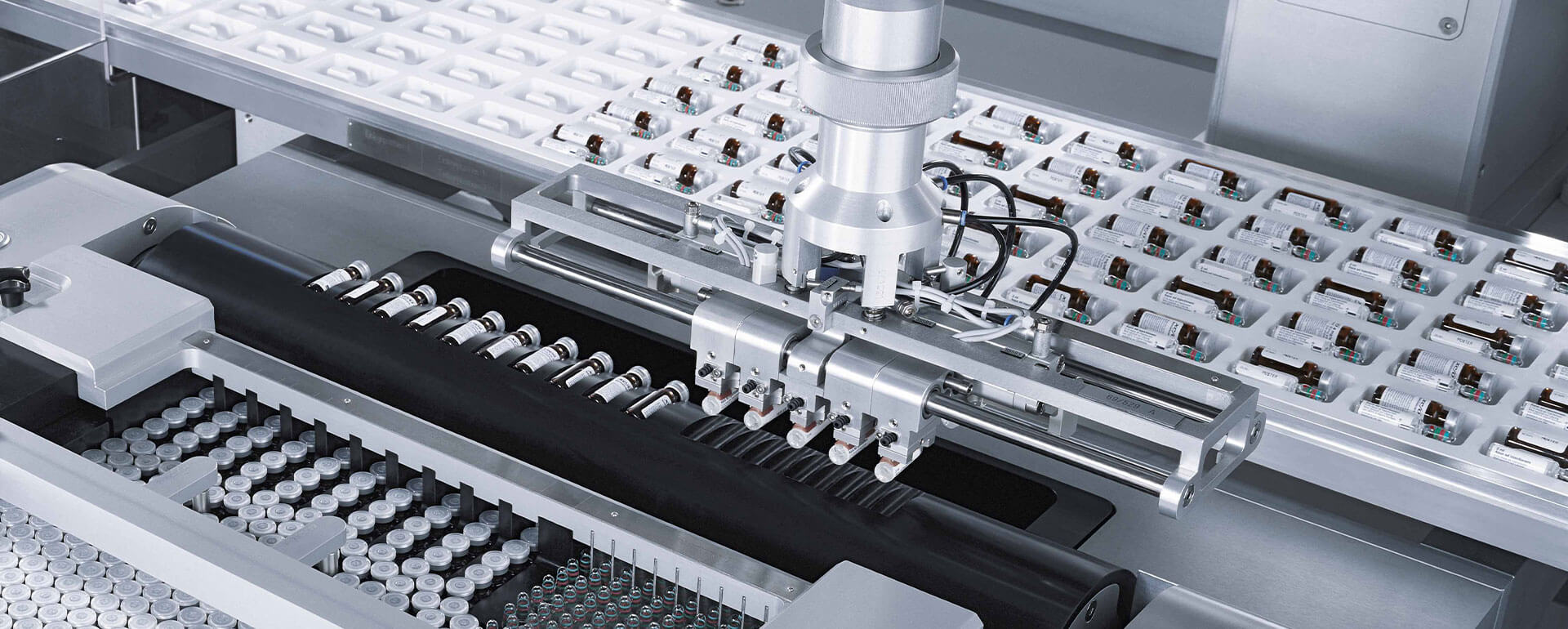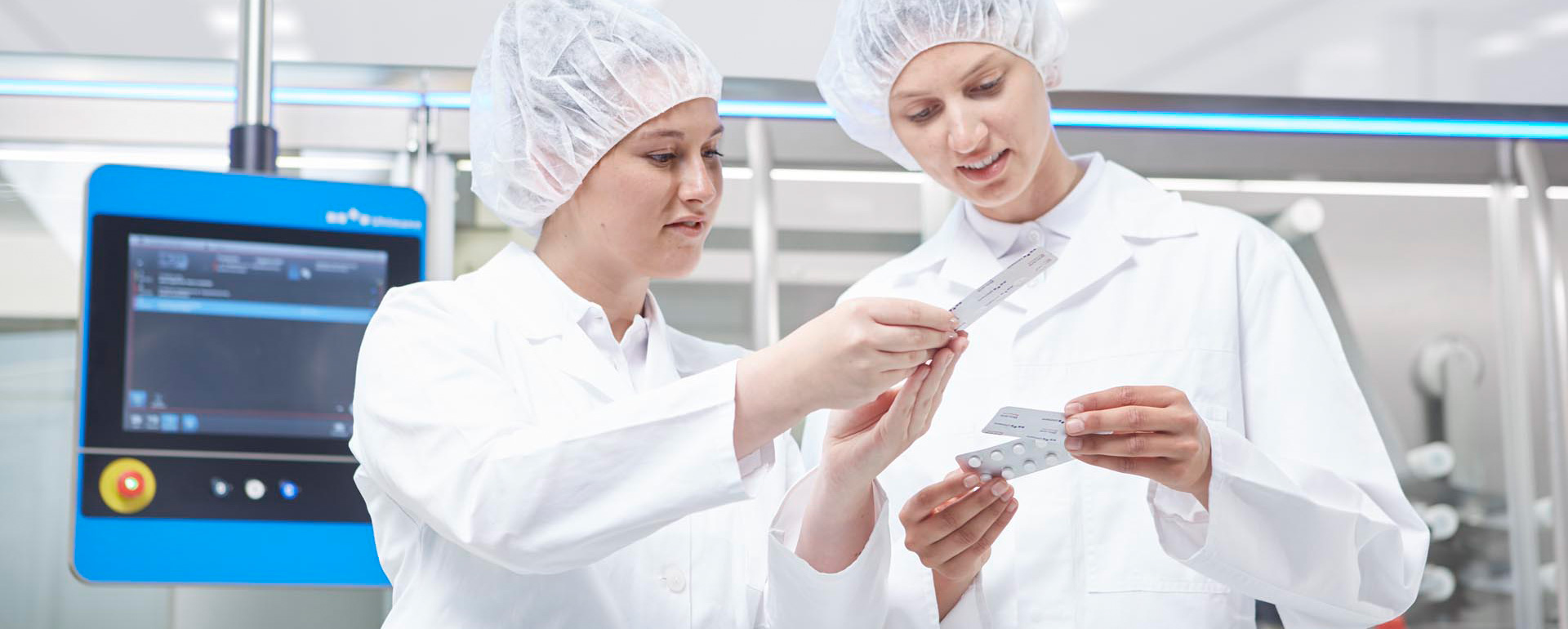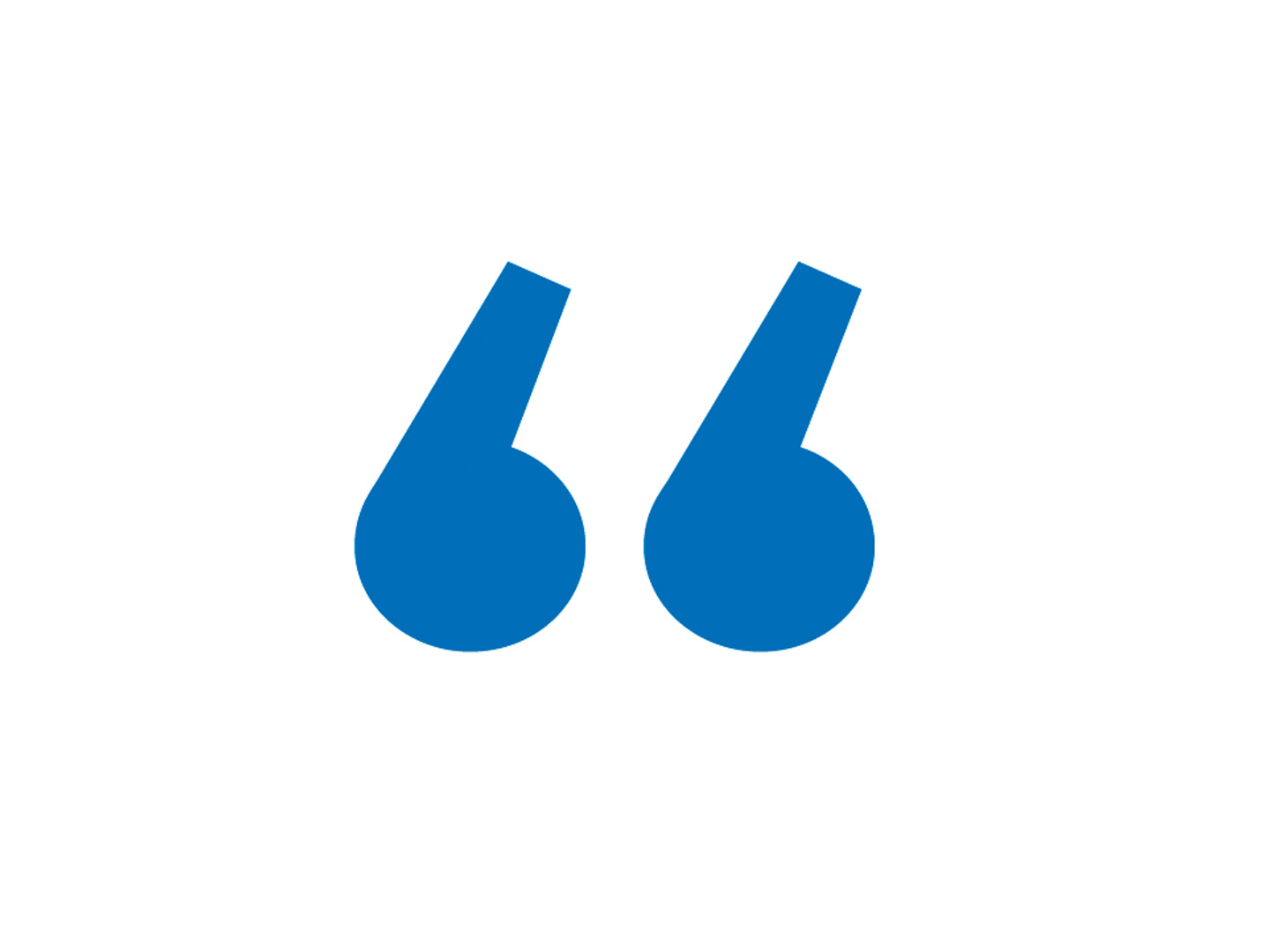
From the very first meeting, we simply knew we‘d found the right partner in Uhlmann. And over the course of the project, and above all now with production in full swing, our instinct has been proven correct.
Hermann Krenn, Head of PMO VI&P Octapharma
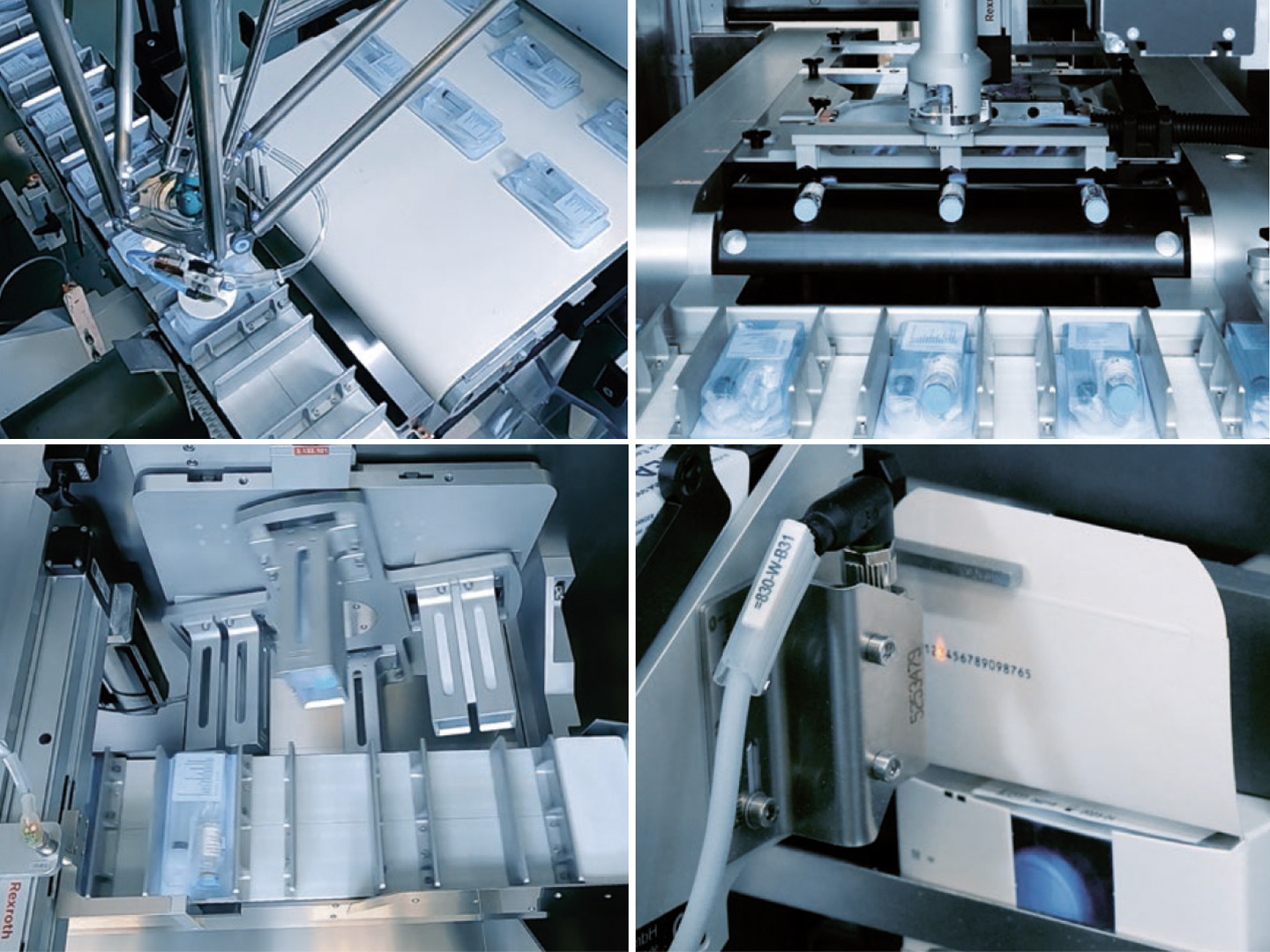
An Uhlmann C 2155 cartoner, the innovative solution for Octapharma, “is something truly special” in the words of Project Manager Manfred Groß.
And he‘s not wrong: The line created for Octapharma‘s inter na tional packing and logistics center incorporates many new, innovative features: A robotic cell with auto matically changing grippers for every blister format. A rotating chute for safely turning blisters through 180°. A pick-and-place robot, which uses VisioRead camera technology to identify the exact position of each blister on the conveyor belt, en abling it to pick up with precision. Vials are fed directly into the cartoner. Those are just some of the features that make this solu tion so special. And that‘s exactly what makes it so interesting for other applications.
For Sales Manager Christian Rotter, the initial contact with Octapharma was “simply a friendly chat at a trade fair stand”. But for Hermann Krenn, Head of PMO VI&P at Octapharma‘s head quarters in Austria, it soon became clear that “They can do it!” It wasn‘t until his first meeting in the Bauhaus city of Dessau that Christian Rotter would learn what exactly “it” was: Octapharma needed a new packaging line at its center for international packing and global distribution. The line needed to be able to fill blisters with vials and pack them into folding cartons together with other components. However, this was not to be in the standard combination of blister machine and cartoner, but rather in one single packing solution with just one cartoner.
This is because the blisters are already filled and sealed with butterfly canulas for supply, transfer system and injection. On the line, a vial with WFI (Water for Injection) is inserted outside in a trough in the blister and fixed in place there. Then, an alcohol pad set is added to each combination blister.
Finally, all components are pushed into the folding carton at once. The team, led by Project Manager Manfred Groß, rose to the challenge of this complex brief with a highly automated, nonstop packing process, including inspection systems at all relevant positions.
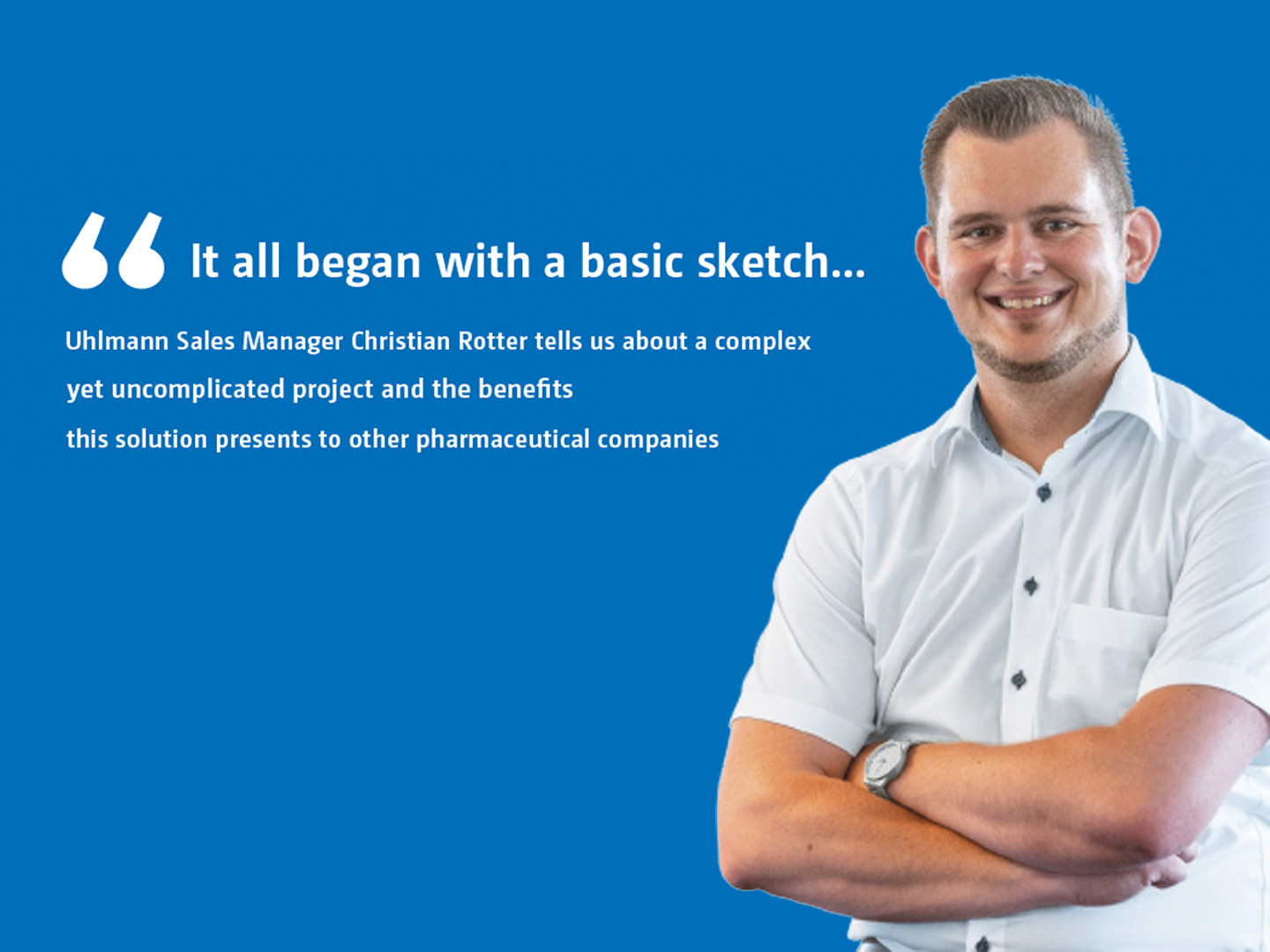
Mr Rotter, how did the first Octapharma contract come about?
Our initial contact at the trade fair was soon followed up with a first meeting in Dessau, where we brought little more than a line drawing with us. Then after that we had a reference visit to one of our customers. As soon as Hermann Krenn, Head of PMO VI&P at Octapharma, and Thomas Braun, Head of Tool Setter had seen one of our lines in action, any initial skepticism that they couldn‘t afford an „Uhlmann“ was quickly dismissed. Because each individual line incorporates so much technical expertise, so much experience, which pays off in daily packing tasks: The customer is provided with a turnkey solution that suits their requirements to the smallest detail, in which all the components work in perfect harmony.
How did the project progress from there?
It was all blissfully uncomplicated. Manfred Groß and his team did a fantastic job. During the construction phase, in particular, our experts demonstrated the true extent of their skills, their innovative prowess and also that they can implement it all exactly as planned. Before we had even delivered the line, we were commissioned for another job for Octapharma‘s packaging and logistics center – which, I think, speaks volumes.
How might this line with the LiPro feeding system in the cartoner appeal to other customers?
Firstly, it allows complex pack shapes such as combination blisters made from prefabricated and additional elements to be realized inside the cartoner itself. And secondly, it enables us to respond to the ever growing demand for environmentally-friendly, plastic-free packing of parenteral products directly into folding cartons.

Whether we are integrating the LiPro feeding system into the blister machine or into the cartoner, it makes no difference to us. What does matter to us is that it functions perfectly … and it achieves just that.
Manfred Groß, Project Manager
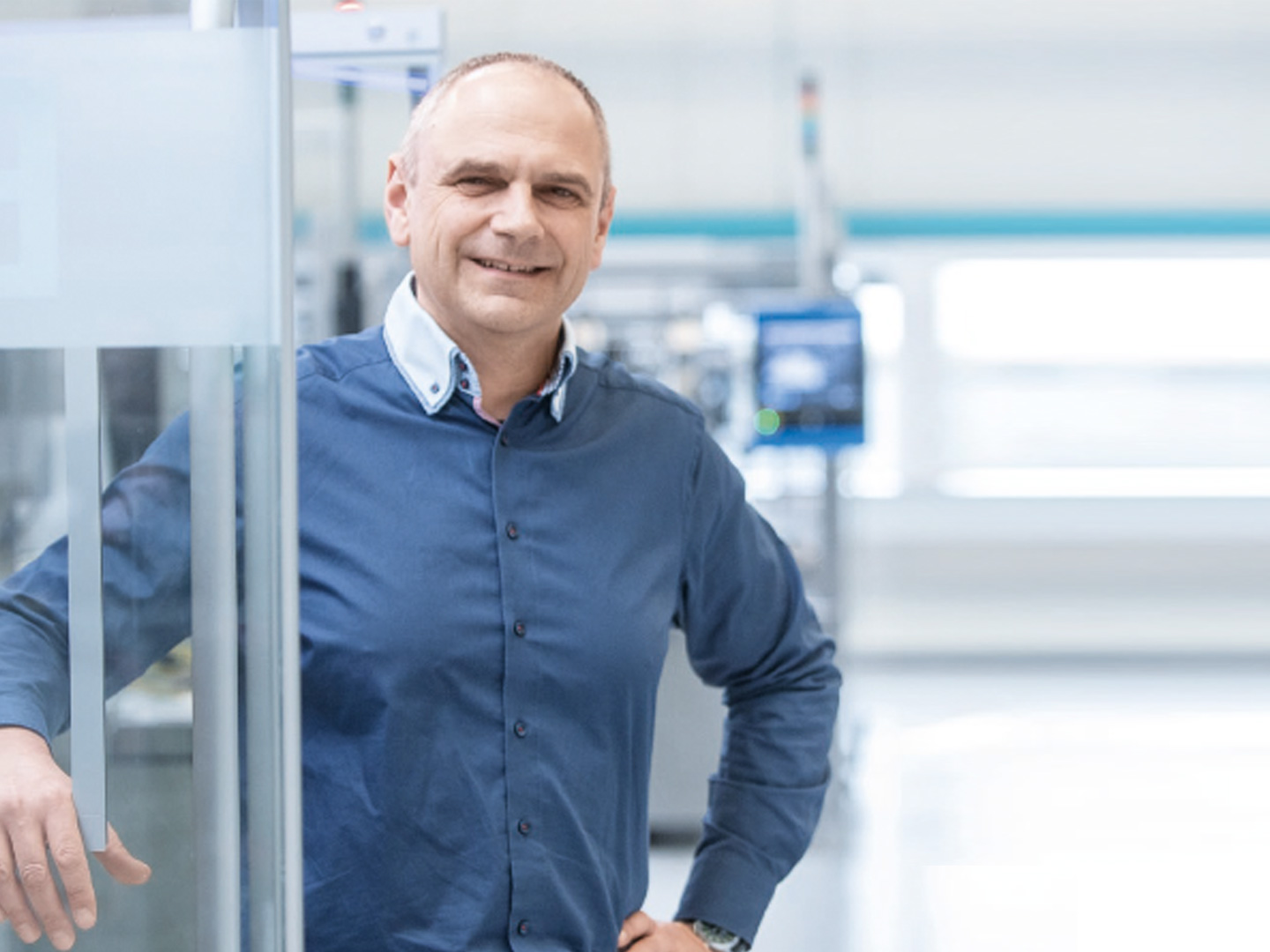
Automated: Separation of blister sheets.
Shipping cartons with prefabricated, pre-filled and sealed blisters are brought to the robotic cell by conveyor belt. On the shaped side of the blisters is an indentation for the vial to be inserted. The Stäubli TX90 takes one sheet per pick-and-place the blisters upside down on a conveyor belt. Added productivity: The robot has a dedicated gripper for each of the two blister formats and switches between them independently. In the downstream rotating chute, the blisters are rotated through 180° and transferred to the C 2155 cartoner.
Fast and precise: Placement of blisters.
If the blisters are lying in uneven rows on the conveyor belt, a VisioRead camera identifies the exact position of each blister and sends this information to the pick-and-place
robot. The Elau P2 lifts the blisters up one by one and places them precisely in the cartoner‘s product chain – achieving up to 80 picks per minute.
Gentle and reliable: Feed of vials.
The vials with WFI (Water for Injection) reach the product chain sporadically in groups of three. They are picked up and carefully inserted in the indentations in the top side of the blister “from outside” by a tried and tested LiPro feeder. The insertion unit then fixes the vials in place. For further processing, the blisters are turned through 180° again in a rotating unit within a small space.
Always productive: Feed of additional components and product insertion.
A sensor checks a blister is present. If a blister is found, an alcohol pad is applied; if the cell is empty, the cycle is skipped. If required, a pack information leaflet is added, then all components are inserted into the folding carton. All in a single process step, turning out up to 80 folding cartons per minute.
Inline: Printing of inner and outer tabs.
Two printing systems are integrated in the cartoner‘s closing station. The first marks the folding carton‘s inner tab with a customer-specific in-house code, the second marks the outer tab with consumer-relevant information. A VisioRead camera checks this printing.
Finally the folding cartons are discharged from the process in rows and manually packed into transit cases.
SAT and validation complete, line keeps running.
The combination of the C 2155 cartoner, LiPro feeder and that “something truly special” has been in operation since July 2020. The line packs two different blis ters in two sheets in five different packaging configurations. And the Laupheim-based specialists in customer-tailored projects are already working on the next line for Octapharma – a combination of an end-of-line packaging machine and Uhlmann Serialization Platform.

